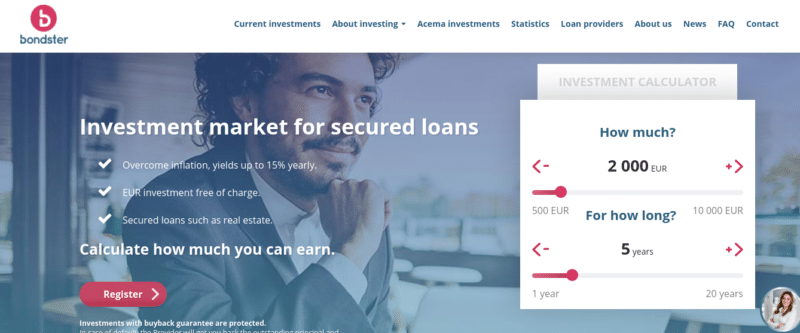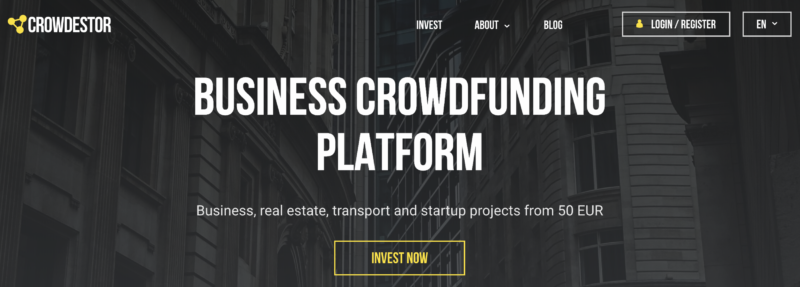Kviku is one of those names that used to show up often in P2P lending circles—especially among investors chasing high double-digit returns in emerging markets. I gave them the benefit of the doubt at first. They looked solid on paper: Russian roots, cross-border expansion, supposedly high-tech scoring systems. But let’s not sugarcoat it—Kviku has turned out to be a mess.
When the Music Stopped
If you were invested in Kviku during the early days, things probably looked fine. They were paying interest, claiming buyback guarantees, and issuing updates that sounded reassuring. Then came the geopolitical fallout: sanctions, financial restrictions, and an absolute collapse in credibility. Suddenly, payments stopped flowing—and communication dried up with them.
And here’s the kicker: Kviku kept promising repayments “soon.” Some platforms hosting their loans even doubled down on this, stringing along investors with timelines that never materialized. We’re now talking years, not months. And let’s be honest—if you haven’t been paid back by now, you’re probably never getting your money.
The Buyback Guarantee Lie
One of the biggest red flags in P2P lending is a “buyback guarantee” that depends entirely on the originator’s goodwill. Kviku proved exactly why that model is broken. When push came to shove, the guarantees weren’t worth the digital paper they were printed on. If the loan originator has no access to funds—or simply doesn’t want to pay—you’re stuck. That’s exactly what happened here.
Platform Silence & Excuses
The platforms that listed Kviku loans (like Bondster, Mintos, and others) did a poor job, to put it mildly. They allowed Kviku to drag on repayment timelines endlessly, citing vague excuses and political instability as the cause. Sure, some of that is fair—but the absolute lack of accountability or urgency showed where their priorities lie: not with investors.
Even when Kviku issued updates, they were cryptic at best and misleading at worst. “We’re finalizing restructuring,” “We’ve secured banking channels,” “We’ll resume payments next quarter”—it’s been the same recycled nonsense for over a year.
My Take
In my view, Kviku has joined the growing list of platforms and originators that overpromised, underdelivered, and ultimately betrayed the trust of retail investors. I’m chalking it up as a lesson and moving on. These days, I’m far more selective about who I trust with my capital—especially in higher-risk markets. Flashy returns mean nothing if you can’t withdraw your money.
Bottom Line
If you’re still hoping Kviku will make good on its obligations, I hope you’re right—but I wouldn’t hold my breath. For those looking at similar platforms now: be ruthless in your due diligence. Don’t just look at the yield—follow the money, the ownership, the regulation (or lack thereof), and the real-world ability to enforce contracts.
As always: stay diversified, stay skeptical, and remember that capital preservation beats high returns on paper that never materialize.





